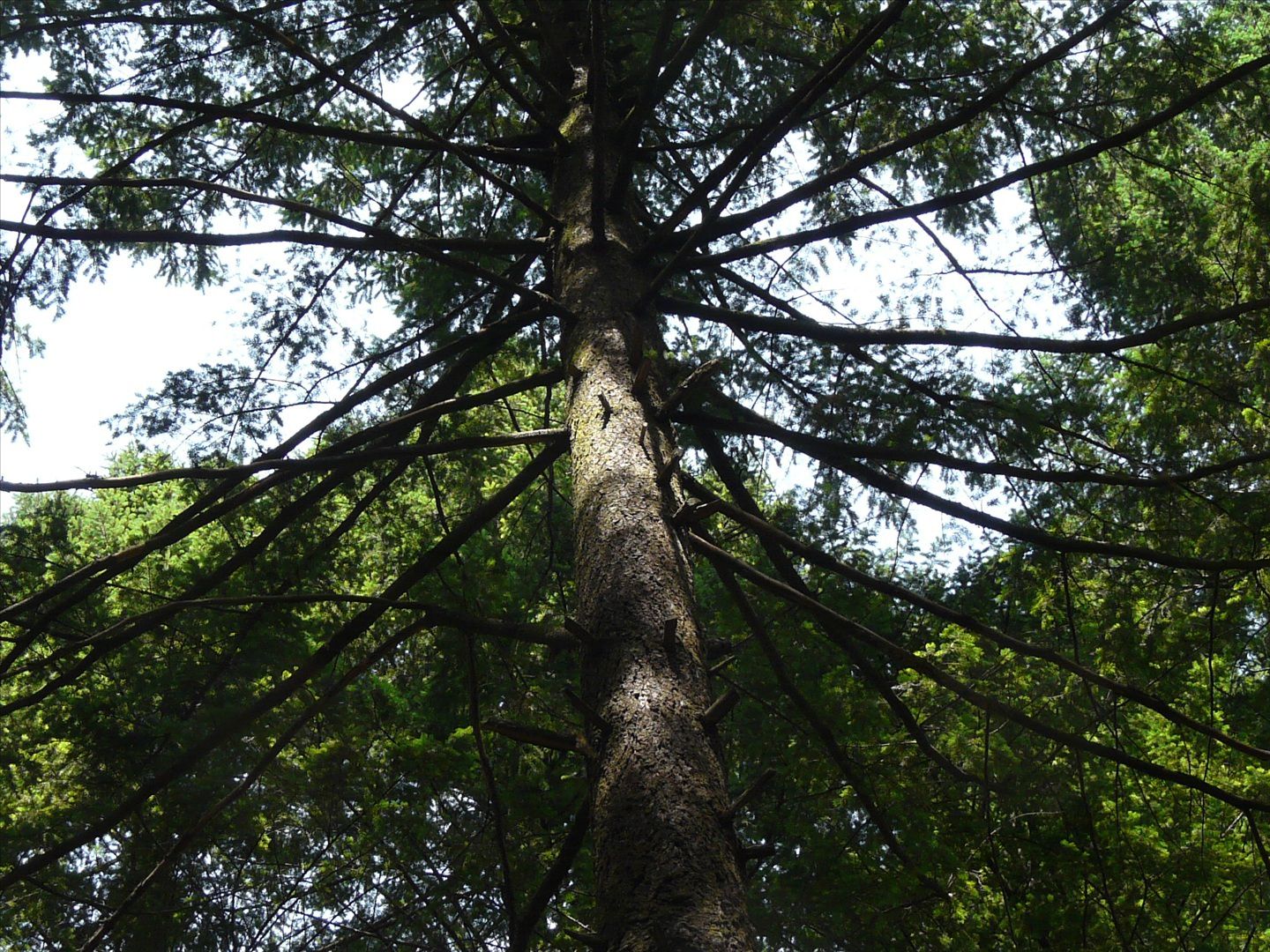-
 Halogen lamp
Halogen lamp
-
 Transmission line
Transmission line
-
 Methyl bromide
Methyl bromide
-
 European larch
European larch
-
 FAO
FAO
-
 Solar power station
Solar power station
-
 RC2
RC2
-
 Primary energy
Primary energy
-
 Achromia
Achromia
-
 Mucosa
Mucosa
-
 Hybrid hard drive
Hybrid hard drive
-
 InVS
InVS
-
 Chondroma
Chondroma
-
 Database
Database
-
 Rectum
Rectum
-
 Uranus
Uranus
-
 Deuterostome
Deuterostome
-
 Myeloid
Myeloid
-
 Creep
Creep
-
 Turf-stripping
Turf-stripping
-
 Angiosperm
Angiosperm
-
 Glycogen
Glycogen
-
 Polling
Polling
-
 Permafrost
Permafrost
-
 Ohm
Ohm
-
 Pigmented
Pigmented
-
 A-train
A-train
-
 Node
Node
-
 Blazar
Blazar
-
 Anti-diarrhoeal agent
Anti-diarrhoeal agent
Douglas fir
The Douglas fir is a giant tree, that can reach a height of 100 metres in its country of origin, the United States, and heights of up to 50 metres in Europe.

Pseudotsuga menziesii. © Calypso Orchid, Flickr by nc-nd 3.0
Names
This tree (Pseudotsuga menziesii), from the Pinaceae family, is also called the "Oregon pine" or "Douglas spruce" depending on the region.
Botanical description
The Douglas fir has a characteristic structure, with staggered branches at the base that are often raised at their ends. Its bark is smooth, pustular and cracks with age. Its evergreen needles measure 2 to 3 centimetres in length and have two white stripes on their lower side. Flexible, they are fixed to the branches by an oval cushion. These leaves have a lifespan of about five years and produce a lemon grass smell when bruised. This is a monoecious tree, with round and yellowish male flowers and more elongated female flowers that are greenish and purplish. Its cones are 8 centimetres long and mature in October. They hang down and measure between 6 and 10 centimetres, with the particular characteristic of 3-pointed, prominent bracts applied on the scales.

Forest of Douglas fir. © Guillermo S., Flickr by nc-nd 3.0
Origins
This species grows all along the Pacific coast of North America, from Canada to Mexico. In the Rocky Mountains of the United States, a botanist named Archibald Menzies discovered this species in 1792 during a scientific expedition. It was introduced into Europe a few years later by a British scholar, David Douglas.
Growing conditions
The Douglas fir is a tree species that tolerates summer droughts and very cold winter weather. It does well in acidic, deep and light soil and requires well-drained and quite cool soil.
Use
First introduced as an ornamental tree, this species above all is a source of heavy and durable wood, used in construction and joinery, especially for transformation into plywood.
Author: Michel Caron
 Douglas fir. © Jnthnlhys, Flickr nc 3.0
Douglas fir. © Jnthnlhys, Flickr nc 3.0
Latest
Fill out my online form.



